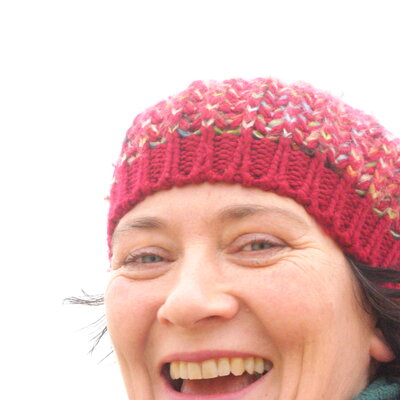Jewellery remade – recycle silver and gold with Sarah Drew
Ref: SWE35844
About this course
Course Description
The main aims of this course are: to make old jewellery wearable and attractive again; to learn new jewellery-making skills, such as stone setting and chain-making, which not only embellish and improve old jewellery, but can be used in the future to make pieces from scratch; to complete several re-make projects, so pieces can be worn home straight away.
Your tutor encourages you to be brave and creative, using your old jewellery as a resource material to combine with other metals (silver, copper, brass), found materials (such as driftwood, twig slices, sea-glass and semi-precious stones) and recycled beads to create contemporary statement pieces. You are welcome to carry out some simple mending, but the main objective of the course is to make interesting new jewellery using old pieces. This is not only a frugal, sustainable way of making jewellery, it also has a personal, historical link as you know the history of the jewellery, where the silver or gold came from, who gave it to you, etc. The jewellery will have meaning for you, re-worked to wear in a modern way.
By the end of the course, you should be confident with soldering silver or gold, making handmade chains, simple rub-over stone-setting, finishing, texturing and polishing, as well as seeing the potential in using what you have. You may well finish at least three projects to be able to wear home, and probably more. Your tutor will also be happy to advise about setting up a simple workroom, so you can continue re-making silver and gold jewellery when back at home.
Some soldering and general jewellery-making skills prior to the course would be useful but are not essential.
Course Materials
Included
The course fee includes basic materials shared amongst the group and silver for the set projects.
What students need to bring
- Old bits of silver jewellery check for hallmarks or stamps that say 925
- Own pliers/snips if you prefer to use them
- Old jewellery and beads
- Semi-precious stones and pearls
- Any found materials, such as rusty metal, driftwood, twigs/branches, wood, worn beach plastic, sea-glass, broken pottery, string, cable, wire, etc.
- An apron
- Something to tie your hair back with, if it is long
- Shoes that cover your feet (no sandals, flip flops or high heels)
Available to buy
Available from shop: Silver can be purchased from the College Shop, which stocks a range of sheet, wire, rod, tube and findings. These will be available in set sizes and lengths, suitable for a wide range of projects.
Additional information
It’s good to sort out your jewellery boxes and bring any sterling silver or gold jewellery with you (not silver-plated or gold-plated as they aren’t any good for soldering). Old earrings, brooches, broken chains, old bangles, bracelets and rings are all very useful. Pieces without stones already set in are easier to re-make. Broken beads are also useful for putting together mixed media necklaces, for example.
Please wear appropriate clothing/aprons for the workshop or studio. This includes stout covered footwear, i.e. no open-toes or sandals, and safety boots, if specified.
Timetable
Arrival day
Residential students can arrive from 4pm, non-residential students to arrive by 6.45pm for registration
6.45pm: Welcome, followed by dinner (included)
8 - 9pm: First teaching session, attendance is essential
Daily timetable
Course teaching 9.15am - 5pm (lunch included)
Dinner: from 6.30pm (included for residential students)
Evening working: students may have access to workshops until 9pm, but only with permission from the tutor and provided any health and safety guidelines are observed
Departure day
Course teaching: 9.15am - 3pm (lunch included)
Residential students will need to check out of rooms by 10am
Please note, the tutor may make slight variations to the daily timetable as required
General Information
Tutors

Accommodation
Residential option available. Find out accommodation costs and how to book here.
Courses of interest

Interested in a career in metalwork?
Our Foundation Degree in Metalwork will enhance your employment prospects, give you the skills to set up as a self-employed craftsperson or allow you to continue to higher education. Encompassing both silversmithing and blacksmithing, you will learn practical skills, material properties, placing your work in a broader context and historic metalworking techniques. Find out more



